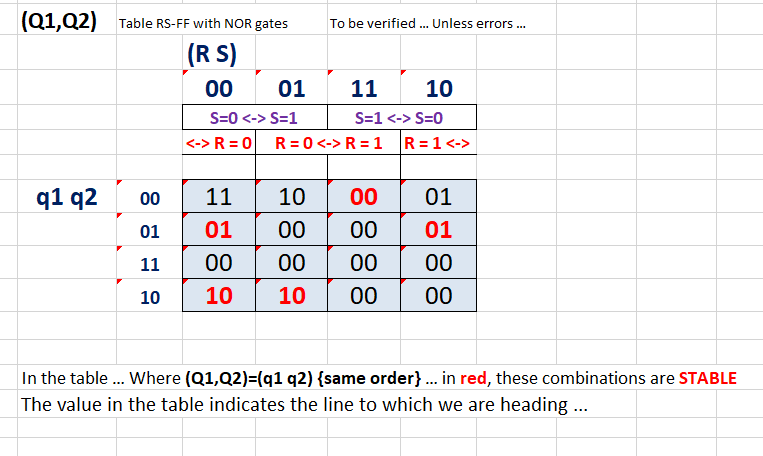I am doing the practical of an SR (NOR) latch. I am initially giving input s=0,r=0, then I power on the SR latch, I found that q=0 and q'=1. I did it several times by turning on and off the circuit with 0,0 each time the output changes. Some times q=0 and q'=1 and sometimes q=0 and q'=1.
My question is if there is no previous state, how the circuit decides its previous state was q=0 and q='1?
How it is possible if I put s=0,r=0 initially? Because there is no previous output initially?


